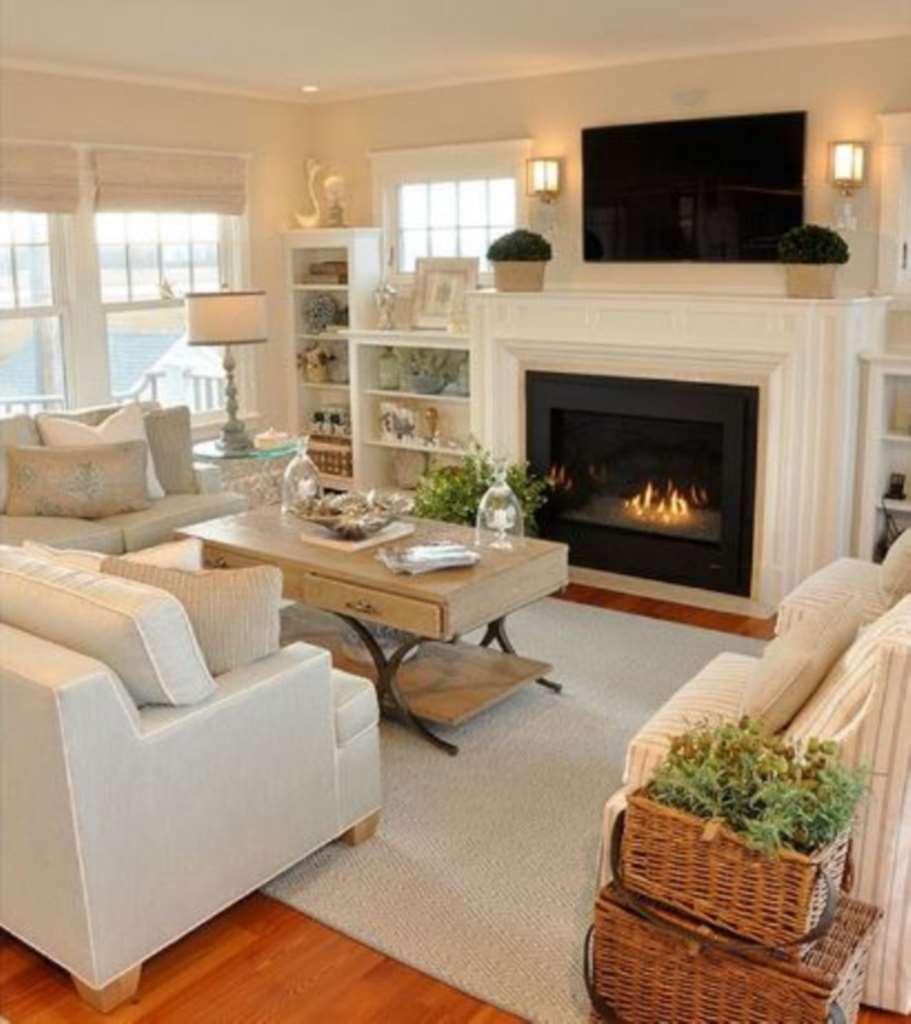
Date Published 21 October 2014
The Wear and Tear Allowance (WTA) allows you to offset 10% of your annual rental income against your property income tax bill. However, there are some important points to note:
1.It can only be used for a FULLY FURNISHED property. It cannot be used for an unfurnished or even a partly furnished property. (A fully furnished property is one that a tenant can start living out of as soon as they move in).
2.If your rental income includes charges that would normally be borne by a tenant, (utility bills, council tax, cleaning, gardening etc) then these have to be deducted before you calculate your allowance.
3.Regardless of how much it costs you to furnish a property, you can only offset 10% of the rental income.
4.If you choose to use WTA, then you must use it for the duration of time you own the property, unless it becomes a partly furnished or unfurnished property.
5.The WTA can be claimed each year regardless of the actual amount you spend on replacing furniture etc and can still be claimed even if you haven't had to buy anything
6.As your rents rise, so does your WTA
Alternatively, you can consider the Renewals Basis method.
This allows you to offset the cost of ‘renewing' or ‘replacing' an item in a property and can be used for all property types (fully furnished, partly furnished and unfurnished).
1.If you purchase a property and decide to fully furnish it with new or even second-hand items, then you cannot offset the cost of providing these furnishings. You can only offset the costs of these furnishings when you come to renew them!
2.The allowance is given for the cost of replacing like with like. If you replace AND upgrade at the same time, a deduction is only given for the cost related to an item of similar standard.
If you use this allowance, then it MUST be used for the duration of the property ownership. You cannot move to the 10% wear and tear allowance at a later date.
TOP TIP
The WTA allowance provides relief for the depreciation associated with moveable items of furniture, fixtures and fittings eg .beds, televisions, fridge, freezer, carpets and curtains, linen, crockery, cutlery, cookers, dishwasher etc.
It does not cover fixtures that are integral to the building and not removed when the property is sold. Examples are baths, wash basins, fitted kitchen units, central heating systems.
In this instance, a tax deduction can be claimed for replacing an item of equipment fixed to a Property. HMRC justifies this by saying that a property is itself a piece of equipment and that anything that's fixed to it becomes part of it. Therefore, if for example you replace a boiler, you are just repairing the property. Repairs to equipment are a tax deductible cost. As with the Renewals Allowance, the deduction is limited to replacing like with like only.